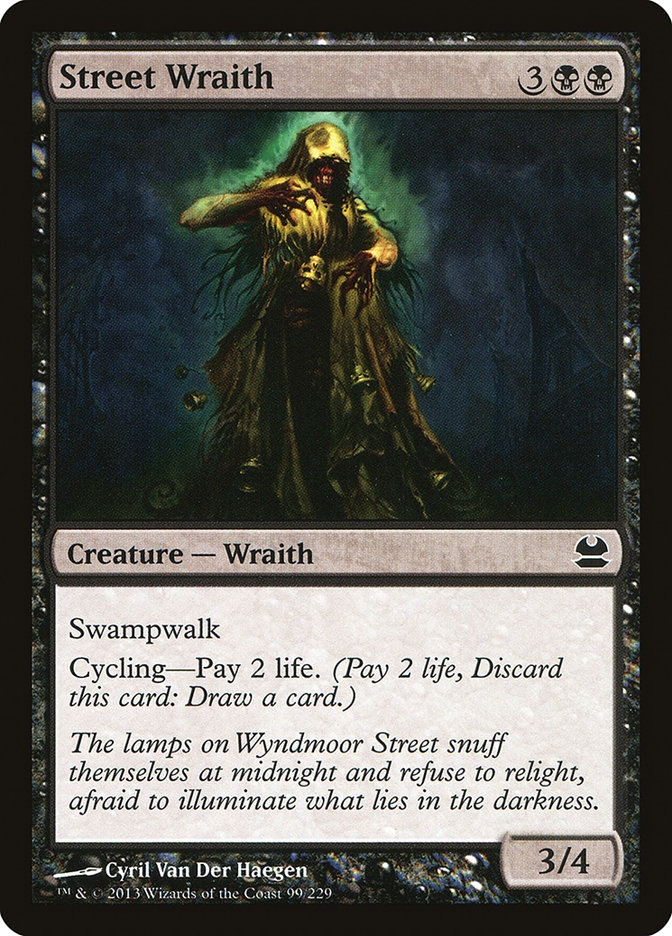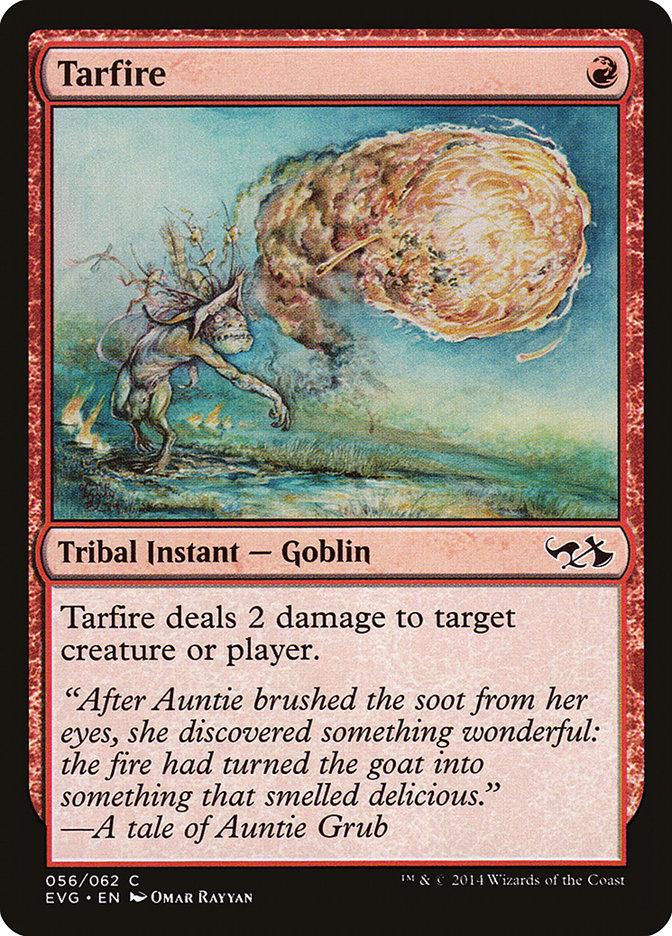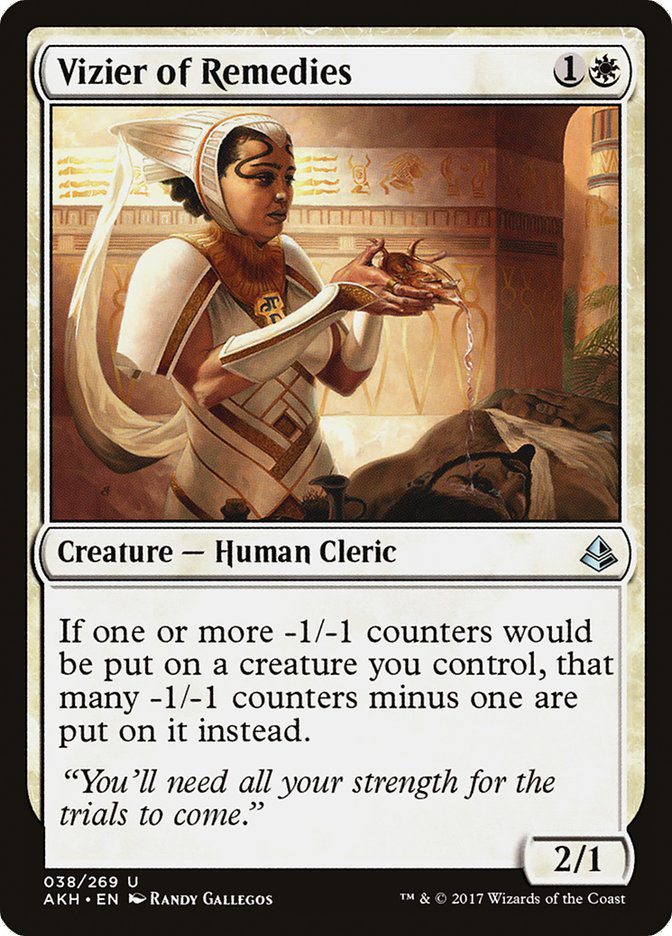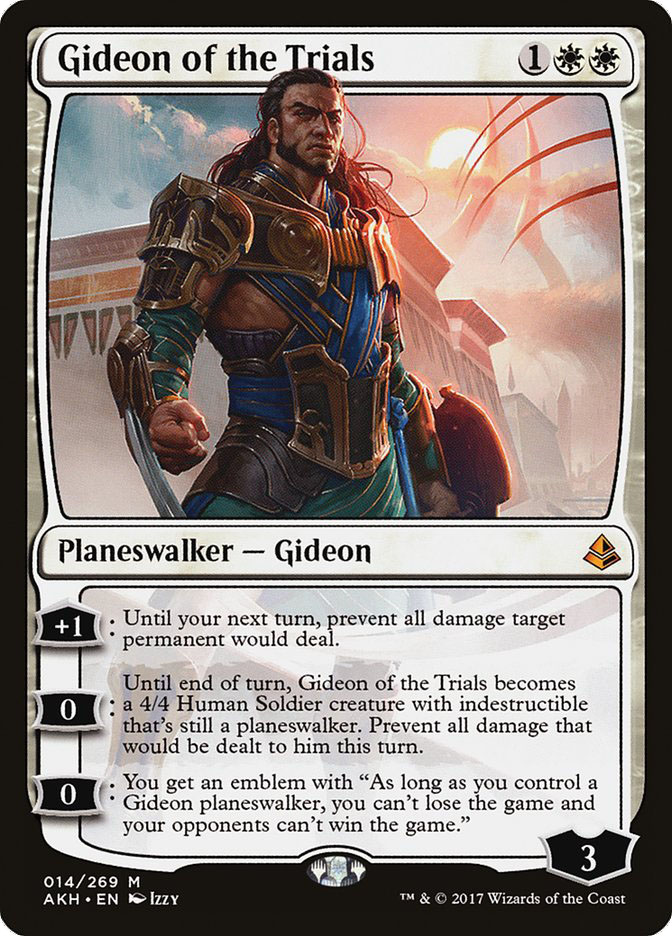Last weekend, the SCG Tour featured a Team Constructed event in Louisville, KY. It’s not particularly surprising that Death’s Shadow was the Modern component of the winning team’s line-up.
Creatures (12)
Planeswalkers (3)
Lands (18)
Spells (27)

We’ve also begun to enter the inevitable world of Modern Death’s Shadow looking more and more like a broken Legacy deck. Now, to be clear, do I think that Clay’s list is the de facto best way to build Death’s Shadow? Not necessarily, but beginning to bridge the gaps between the various Shadow archetypes, essentially blending them together to combine some of the most powerful elements of each, is the path to truly pushing Death’s Shadow as a whole.
After all, as I laid out two months ago, what’s the actual cost?
Stubborn Denial is an incredibly attractive option in Death’s Shadow and one that I’ve advocated in all my blue builds, and we even went as far as incorporating it in Brad Nelson’s sideboard of Abzan Death’s Shadow at Grand Prix San Antonio. Playing a handful of cards from another color is as intensive as playing a single different shockland and the willingness to take some extra damage. That’s not exactly a big deal in a deck that wants to get below thirteen life as quickly as possible.
Clay’s deck and the movement that will result from its success is essentially the second step in getting Death’s Shadow banned.
Dramatic? Maybe, but if one can blend together all of the best attributes of each color into a hyper-lean aggressive deck with a low land count and ton of disruption and interaction, why would anyone ever choose a comparable option in a competitive environment?
Death’s Shadow will simply dwarf and invalidate other decks that are available in Modern that are slower and get to play fewer and less impactful spells per turn cycle.
So did he figure it out? Break it?
Kind of.
There’s still work to be done.
Enablers and Payoffs
This Four-Color version of Death’s Shadow shows off the tension between enablers and payoffs more than most decks I can recall in recent memory.
There’s actual one basic land to find with Traverse the Ulvenwald before delirium is enabled.
Death’s Shadow needs to be turned on before it can even be cast.
Stubborn Denial is a bad Force Spike without a ferocious creature on the battlefield.
If I could start every game with a Mishra’s Bauble and a Street Wraith in my opening hand, then this approach to the deck makes a lot of sense to me, but it’s also just a huge gamble.
You will often end up in situations where your cards become difficult to turn on and then you’re simply treading water and casting an interactive spell or two while waiting for the rest of your hand to develop properly. This dilutes the inherent strengths of the deck, speed and mana efficiency.
As a result, this approach to Four-Color Shadow strikes me as a “glass cannon.”
Tarfire always struck me as the vital piece of the puzzle to Jund Death’s Shadow. Sometimes it is an incredibly lackluster and underperforming Magic card, but on other occasions it’s the actual best card in your deck, providing cheap interaction for an opponent’s creature or powering up your Shadows, Tarmogoyfs, and Traverses simultaneously.
Further, the rising popularity of Collected Company strategies, now that Amonkhet and Vizier of Remedies have breathed new life into the archetype, means that there are plenty of mana creatures running around to get Tarfired now.
I love the movement towards Stubborn Denial over Temur Battle Rage maindeck. The latter was often fairly weak and generally just a means to “shave a turn off the clock” rather than feeling like a full-blown combo card. Death’s Shadow just needed to protect their lead long enough to get over the finish line. Stubborn Denial often accomplishes that while giving a host of percentage points against combo – particularly ones that interacted with Leyline of Sanctity post-sideboard.
That all said, you’ve got to make the effort to have your deck function properly!
I’m not really advocating any groundbreaking changes if you want to approach the archetype in this manner; I’m simply trying to make it clear that it’s important to understand how your deck functions as a whole and to acknowledge how to make a strategy as consistent as possible.
Creatures (12)
Planeswalkers (2)
Lands (18)
Spells (28)

I still largely despise Fulminator Mage, so I’d get it out of there, although I’m willing to try the copy of Ghost Quarter. Really, that’s about it. I generally do think that the fifth three-mana card in your eighteen-land maindeck is ambitious, but that says a lot more about my preferences in how I approach deckbuilding than being mathematically incorrect. Again, I view Death’s Shadow as a deck that needs to leverage its advantage to simply cast more spells than its opponent in the first four turns of the game while being aggressive and disruptive.
No Love for Snapcaster Mage?
I still think that Grixis Death’s Shadow is a good-to-great deck. That being said, if I am to continue to prepare for Modern events, it doesn’t do me much good to keep playing a deck that is relatively stock and does well on Magic Online in relatively the same form as when I started streaming with a few months back.
Whenever I learn something new or am exposed to an idea that I think has merit, I only want to look at the world through that new lens. Going back and reevaluating the way that I can build decks and archetypes once the “rules have changed” is a fun and rewarding process for me. As a result, the next time I fire up a Modern queue, it’s going to be with something that looks like this:
Creatures (17)
Lands (18)
Spells (25)

While a little light on removal spells, especially in the maindeck, this variant of Death’s Shadow is both hyper-disruptive and capable of generating a multitude of large bodies to play defense, while also sporting a host of card advantage and grindy elements with a healthy cast of Snapcaster Mages and Kolaghan’s Commands.
It’s definitely tough to squeeze everything in here. Ideally I’d still like to play four Thought Scour, and similarly another removal spell, likely the fourth Fatal Push, as keeping red mana requirements to a minimum is important.
Speaking of, being to some degree forced to play the second red source kinda stinks. Maybe you can just suck it up and accept that Thought Scour will screw you a tiny percentage of the time, but I doubt that’s the approach you want to take, and I do believe that Thought Scour powers up your deck a significant amount.
Tarmogoyf plays well with one-mana disruption and Liliana of the Veil, but we certainly can’t fit both. In the past, Grixis has skimped a little bit on discard, but I don’t think that’s possible when you want to be curving into the Lhurgoyf some amount of the time.
When your deck is just so generically threat-dense and you’re willing to just play another land, Traverse feels less necessary. Then the natural progression is that you don’t have to make so many strides in deck building to enable delirium, which makes building your deck less taxing in some departments.
This is essentially the first draft of taking many of the principles in how Clay built his deck and porting it in the opposite direction.
My Four-Color sketch is clearly not tuned and has a few sore spots that need to be worked out, but the raw power level is there.
Death’s Shadow will continue to be the best deck in Modern, and we aren’t even close to figuring out the staggering full potential of the card and the many variants that it allows.
Bonus Brews
Creatures (4)
Planeswalkers (4)
Lands (19)
Spells (33)

Gideon of the Trials and As Foretold are some of the standout cards from Amonkhet that can work their way into Modern in spectacular fashion. This list featuring the former, called “Infinity Zero” by its creator, is just so cool that I had to give it a shout-out.
Basically, this is pushing Gideon of the Trials to its limits – and the deck is built almost entirely around it, to the point where Serum Powder is incorporated. A Gideon emblem in this deck likely means that you’ll quickly run away with the game by countering your opponent’s spells, producing large creatures, and disrupting your opponent, not to mention finding all of the redundant copies of those cards you need for almost no mana.
Some lists of U/W Control have been popping up on Magic Online utilizing As Foretold. They often are “hard control decks” that also have the ability to backdoor into Restore Balance with Tolaria West as a means to catch up from far behind.
I want to put my own spin on trying to tackle the powerful new enchantment:
Creatures (16)
- 4 Street Wraith
- 2 Snapcaster Mage
- 2 Archfiend of Ifnir
- 4 Curator of Mysteries
- 4 Horror of the Broken Lands
Lands (21)
Spells (23)

There’s a lot going on here, and even in my original sketch I had the full Death’s Shadow package in the maindeck, but I think moving towards a pseudo-transformation package makes more sense here.
In the first game, we can function as a slower but more interactive Living End deck – I even toyed with the idea of playing Fulminator Mage and Faerie Macabre over Scarab Feast, but ultimately decided that focusing on a more normalized game makes more sense. We’re actually secretly threat-dense too – there’s no shame in just casting Curator of Mysteries!
The sideboard is where things can really be mixed up, including becoming a Death’s Shadow deck kitted out with countermagic and Kolaghan’s Command. We’re already interested in playing Street Wraith, so why not just include Thoughtseize and go all the way?
These cards do take up a lot of slots, maybe we don’t need the full 22 lands, and it’s possible that we desperately need somewhere between one and three pieces of additional interaction in our maindeck, but Living End does just clean up all the creature decks in a pinch; it’s just a matter of staying alive long enough and leveraging our velocity to find our combo.
With the Pro Tour over, I’m back to having my sights on Modern in preparation for #SCGBALT and Grand Prix Las Vegas further down the line. I’ve been having a blast with Death’s Shadow over the last few months, but maybe Amonkhet has offered up enough cool new toys to get me interested in something else. What have you been working on?








